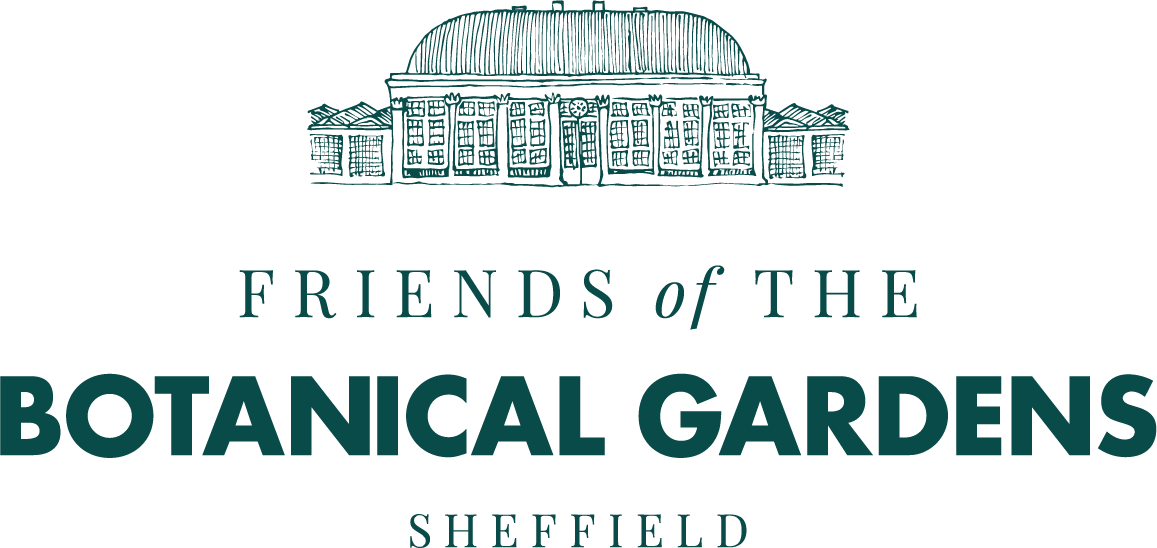Plant of the month
Each month we showcase a plant from the gardens.
Fatsia Japonica
Fatsia japonica has so many star qualities that it is not surprising that it holds the RHS Award of Garden Merit. It is evergreen, remaining handsome year round, and its huge glossy leaves impart a bold and exotic look to a tropical bed. It is valuable too as a landscaping plant for very shady sites, as well as windy seaside ones. Not many plants are ornamental in so many situations.
Ceratostigma willmottianum
The Chinese plumbago is a deciduous shrub, grown for its bright blue flowers, and bronze-red autumn foliage.
Chelone obliqua
Now endangered in some states of its native North America, Chelone obliqua is a clump-forming perennial with dark green foliage looking good all summer on upright stems. In August, the spikes of deep pink flowers start to appear and last for many weeks. Their shape is said to resemble turtles’ heads hence the name Chelone, meaning turtle-like in Greek. Twisted shell flower and turtlehead are common names.
Musa basjoo
Entering the Gardens from the Thompson Road entrance, one cannot help but be totally entranced by the exotic bed outside the South Lodge. Standing proudly in the centre of these tropical plants is the ‘hardy’ Japanese banana Musa basjoo. There is no better plant for achieving a tropical effect.
Berkheya ‘Helios’
Thanks to Trish and Peter Kohn, we have the rare and very special plant, Berkheya ‘Helios’growing in the South African bed in Osborn’s Field (Area J on the downloadable map). The large, strong yellow flowers contrast strikingly with the spiny grey foliage.
Drimys winteri
Sheltered on the terrace in the Mediterranean Climate garden (area L on downloadable map), Drimys winteri, also known as Winter’s bark, has survived unharmed in spite of the cruel, long winter that has taken many plants in the area. In the past it was known only to survive in milder parts of the country.
Lonicera syringantha
Lonicera syringantha (the lilac-flowered honeysuckle), in the family Caprifoliaceae, is a deciduous, rounded shrub with small, sea-green leaves borne in threes along the slender branches. From April it blooms prolifically for many weeks. The tubular rose-lilac flowers are very sweetly scented.
Oemleria cerasiformis
April is one of the most floriferous times in the Gardens with gorgeous camellias, magnolias, cherries and rhododendrons coming into blossom, but added to their beauty is a quietly elegant shrub that possibly goes unnoticed most of the year.
Acacia baileyana
Only a few of the 500 different Australian wattle trees are hardy enough to survive in the UK. The most commonly seen is Acacia dealbata, the mimosa used by florists. Rather more tender, A. baileyana is considered suitable for milder areas only. However, this beautiful little tree grows happily at the entrance to the Dorothy Fox Education Centre.
Sycopsis sinensis
It is always a delight to find a rare and unusual plant in flower, and a botanical garden is the place to find one. Sycopsis sinensis is a large evergreen shrub or small tree on the left as you enter the path to the bear pit.
Garrya elliptica
An eye-catching sight in winter is the handsome shrub Garrya elliptica, or silk-tassel bush, draped in flowers. These male catkins, up to 8 inches long, comprise lots of little flowers that, on close inspection, are creamy with pink markings and yellow anthers but overall appear silvery grey.
Jasminum nudiflorum
Jasminum nudiflorum, the Winter jasmine, was much admired by the Victorians when it was first introduced to Britain from China in 1844. This is probably because they knew a good plant when they saw one.
Hesperantha coccinea 'Major'
From slender stems, the clear scarlet, cup-shaped flowers of Hesperantha coccinea 'Major' emerge throughout autumn and early winter, catching the eye in the mixed borders above the fountain.
Nerine bowdenii
Nerines are South African bulbs from the East Cape Province and the Drakensberg Mountains, growing on cliffs and rocks. Although there are many species, it is only Nerine bowdenii that is reliably hardy, and only when some consideration is given to the siting when planting.
Eucomis bicolor
If you have not already found the amazing South African bed in Osborn’s Field (Area J) you really should head there to enjoy the interesting and colourful collection of flowering plants from the different habitats of that country.
Aesculus parviflora
Originating from the woodlands of Georgia, Alabama and the south-eastern states of the USA, the Bottlebrush Buckeye, Aesculus parviflora, can easily be missed.
Echium candicans
E. candicans from Madeira (common name Pride of Madeira), a subshrub in the borage family, is flowering dramatically in the Mediterranean Climate Garden (Area L) for the first time.
Beschorneria yuccoides
The Beschorneria yuccoides was planted in 2002 as part of the Gardens' Restoration. Originating from Mexico,



















